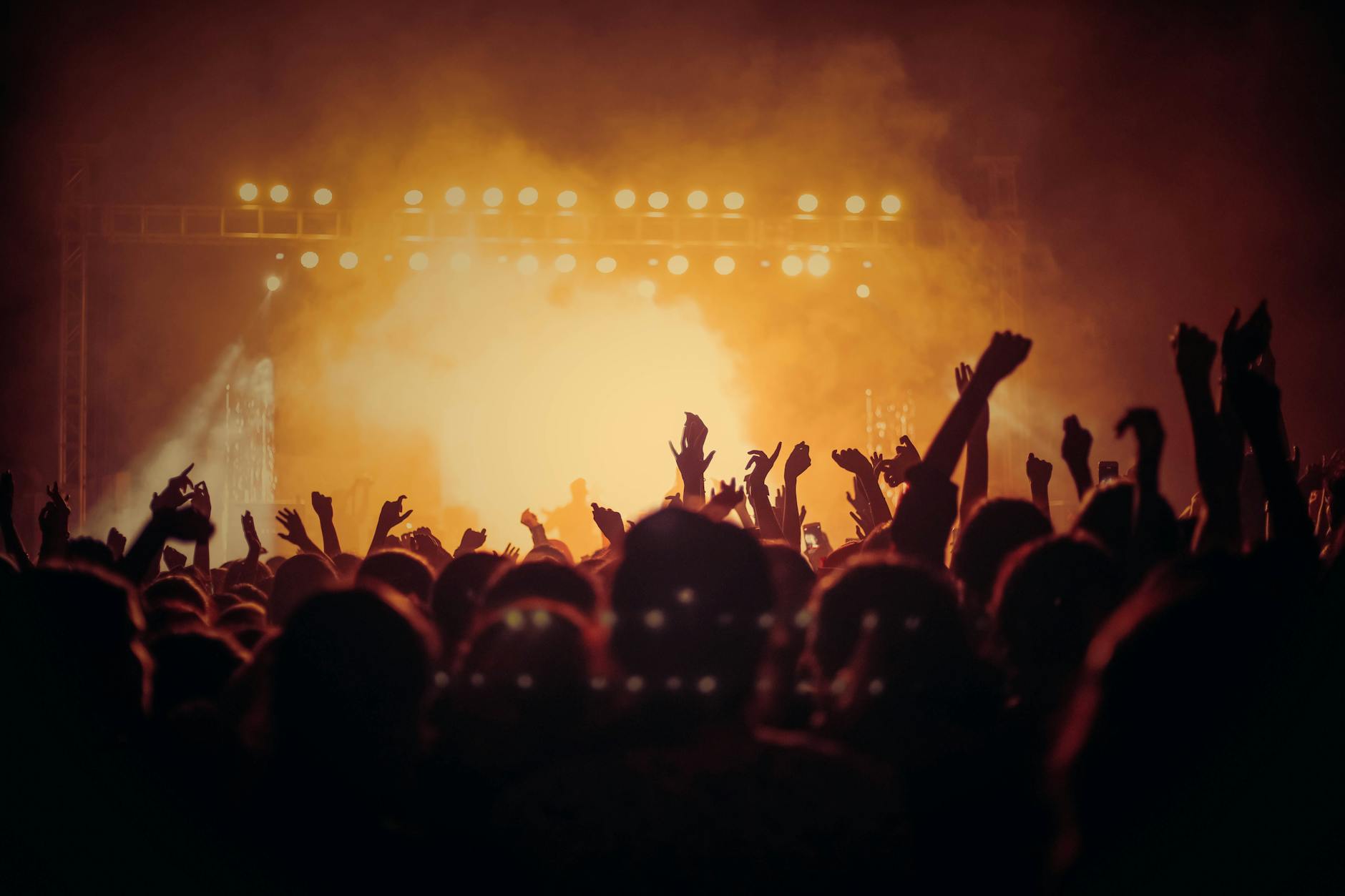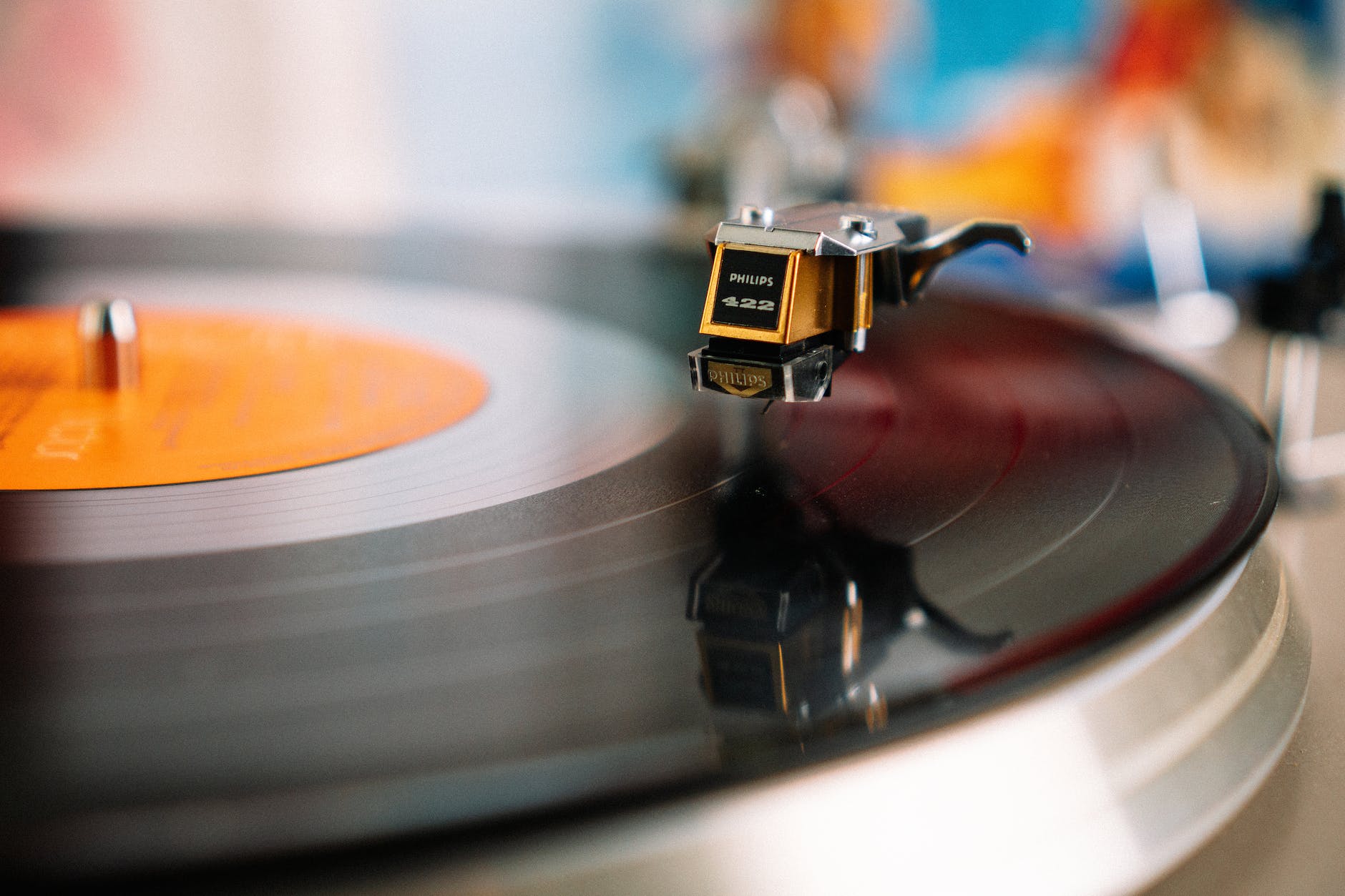Psychedelic music, an all-encompassing genre of mind-altering music, has left an undeniable impact on the artistic world. With roots in the mid-1960s counterculture, psychedelic rock has permeated various mediums of art, creating a rich, sensorial tapestry of sound perception and visual stimulation.
Psychedelic sounds first permeated the music scene in the mid to late 1960s, largely rooted in rock ‘n roll and dominated by bands such as Pink Floyd and The Grateful Dead. Its signature soundscapes were characterised by long, free-form improvisations and unusual instrumentation.
This genre gave birth to an entirely new form of music affectionately known as psychedelic rock. This artistic movement went far beyond music, influencing a broad range of visual arts and creating a counter-cultural echo that still reverberates today.
These artists weren’t just creating music. They were crafting multi-sensory, audiovisual experiences, effectively blending sound, light, and graphics to form a mind-bending amalgam that challenged how audiences perceived reality. These performances were more than mere gigs – they were immersive, spiritual journeys, pulling audiences into undulating landscapes crafted from hectic guitar riffs, ethereal keyboard strains, and resounding drumbeats.
Alongside the music, the artistic visuals further amplified the psychedelic experience. In unison with the hypnotic waves of sound, artists often used liquid light shows, projections and hallucinogenic-inspired graphics, creating a mesmerising spectacle that would come to help define the age.
Transitions into the modern era of music have seen the psychedelic principles evolve and be absorbed into numerous other genres, particularly electronic music. Electronic music artists have borrowed heavily from these elements, blending technology with the psychedelic ethos to create entirely new soundscapes. Artists like Shpongle and Infected Mushroom embody this fusion, exploring sound’s fantastical depths and manipulating its rules to create mind-transporting aural experiences.
Moreover, in the realm of trance music, the classic principles of psychedelia are very much alive. Spiritual journeys are channelled through repetitive beats and rhythmic sequences, aiming to induce meditative states in listeners and dancers alike.
Festivals such as Boom Festival in Portugal and Burning Man in the USA carry the torch of these immersive, collective experiences into the present day. Pulsing with art installations, creative spaces, and round-the-clock music, they are a testament to the enduring impact of psychedelic music and its influence on art and society.
The fusion of psychedelic music and art transcends the boundary between sound perception and visual reality, changing how we view the world around us. This mode of expression forces us to question and reassess our traditional notions of sound perception, expanding our minds to limitless potentialities.
In conclusion, psychedelic music has not just impacted the realm of music but has also facilitated a powerful dialogue between sound and art. Its emphasis on exploration, improvisation, and collective experience has woven a vivid tapestry across numerous genres of music and art, encouraging cultural evolution and providing a portal into the extraordinary world of soundscapes.
The influence of psychedelic music on art acts as a reminder of music’s power to spark creativity, challenge conventional perspectives, and influence broader cultural change. The legacy of psychedelic sounds continues to echo in the corridors of modern culture, proving that the spirit of the ’60s is far from forgotten.







